Garden Tours
A visit to the Garden is an exceptional learning experience. Each trail within the San Luis Obispo Botanical Garden is rich with botanical samplings of mediterranean climate plants and offers countless opportunities for exploring natural wonders.
Take a virtual Tour of the Garden NOW
Self-guided visits
Garden visitors may enjoy a self-guided walk during El Chorro Regional Park open hours. A complimentary Garden Information Brochure and Garden Map will lead you through the Garden and teach you more about our unique focus on plants of the mediterranean climate regions of the world. And be sure to download a copy of our Birds of the San Luis Obispo Botanical Garden checklist to bring along!
Docent-Led tours
Knowledgeable docents will lead your group on a fascinating tour through our two-acre Garden or our Sustainable Facilities. Tours generally last about an hour.
Founder Walk and Talk:
First Tuesday of the Month. FREE! Meet at the Education Center at 11 am.
Private Docent Tours:
Private tours are available for groups of up to 12 people. Tours are $10 for members, $20 per non-member adult and free for children 12 and under (with an adult), with a minimum charge of $60, admission included. Docent-led private tours must be arranged at least 4 weeks in advance with payment received the time of booking. Tours can be arranged for most days. Please call the Garden to arrange. 805.541.1400 x 305
educational tours are offered to school groups Monday, Wednesday, Thursday and Friday.
School tours are available for K-6 as well as college classes. Elementary school tours are aligned with State of California Content Standards and Common Core Curriculum Standards. The maximum number of students we can accommodate on tours at a time is 30, (3 groups of 10 students + least one chaperone). Please inquire about special arrangements for larger groups (up to 60 students). School group tours are free for students, teachers and chaperones.
School group docent-led tours must be scheduled in 30 days in advance.
Each trail is rich with botanical samplings of mediterranean climate plants and offers countless opportunities for exploring natural wonders. The Garden reflects the beauty and diversity of plant life that thrives in the similar climatic conditions of the five mediterranean climate zones of the world; the Mediterranean Basin in Europe, Central Chile, Cape Province of South Africa, South and Western Australia and our own region in California. Nestled along a natural riparian woodland, the Garden is an ideal setting for outdoor education.
Located on Highway 1, across from Cuesta College in El Chorro Regional Park, the Garden is a perfect complement to your field trips to Rancho El Chorro School, Morro Bay Natural History Museum or the Morro Bay National Estuary. Park facilities are designed for a lunch stop – shaded picnic areas with benches, water and electricity, restrooms, pay phone and even playground equipment and parking for buses.
Allow approximately ONE HOUR for a class tour of the Preview Garden for groups of 30 or less. Groups with more than 30 students should be prepared to spend two hours at the Garden. Please reserve your tour at least one month in advance of your desired tour date using the Tour Request Form below.
Tour Guidelines
We ask that students be arranged in groups of ten for the tour and that each group of ten is accompanied by an adult.
Please review School Tour Procedures before arriving at the garden.
Tour Topics
Pre-school – Five Senses Tour
Covers the Five Senses.
Students will use all five senses to discover the diversity of plant life at San Luis Obispo Botanical Garden.
Kindergarten – Discover Mediterranean Plant Parts
Covers 2.a, 2.c, 4.a and 4.d
Through inquiry-based activities, primary students will gain an understanding of the diversity of plant life in the five mediterranean climate zones. They will observe plant parts up close through hands-on learning.
First Grade – Plant Needs, Human Needs
Covers 2.a, 2.b, 2.e, 4.a, 4.d
Students will recognize that plants need resources such as water, food, air, and light to survive and will be able to provide examples of how humans need plants to survive.
Second Grade – Pollination
Covers 2.a, 2.d, 2.f
Students will investigate the process of pollination by making observations about floral structures. They will be able to distinguish between male and female parts of flowers and recognize common shapes and colors that attract various pollinators such as bees, butterflies, hummingbirds, and other insects.
Third – Fourth Grades – Mediterranean Plant Adaptations
Covers (3) 3.a, 3.b, 3.d, 5.d and (4) 3.a, 3.b
By looking closely at leaf samples of various plants growing in the garden and comparing them to others, students will begin to recognize some of the common leaf adaptations in the five mediterranean climate zones of the world.
Third – Fourth Grades – California Native People and Plants
Covers (3) 3.c, 3.1.2, 3.2.1, 3.2.2 (4) 3.a, 4.1.3, 4.2.1, 4.1
Students will gain a better understanding of how local Chumash and Salinan peoples prospered by utilizing native plant species. Students will identify these plants in our garden as well as participate in hands-on activities with artifacts and materials made from native plants.
Fifth – Sixth Grades – Mediterranean World Ethnobotany
Covers (4) 5.1.1, 5.1.2 (6) 6.1.3, 6.2.2, 6.4.1 (7) 7.2.5, 7.6.1, 7.11.2
Students will combine knowledge from social studies with that of plant science to study mediterranean climate ethnobotany. Students will be introduced to the study of how people from these climatic regions have used plants. Folklore & legends are told from ancient Greece & Rome.





